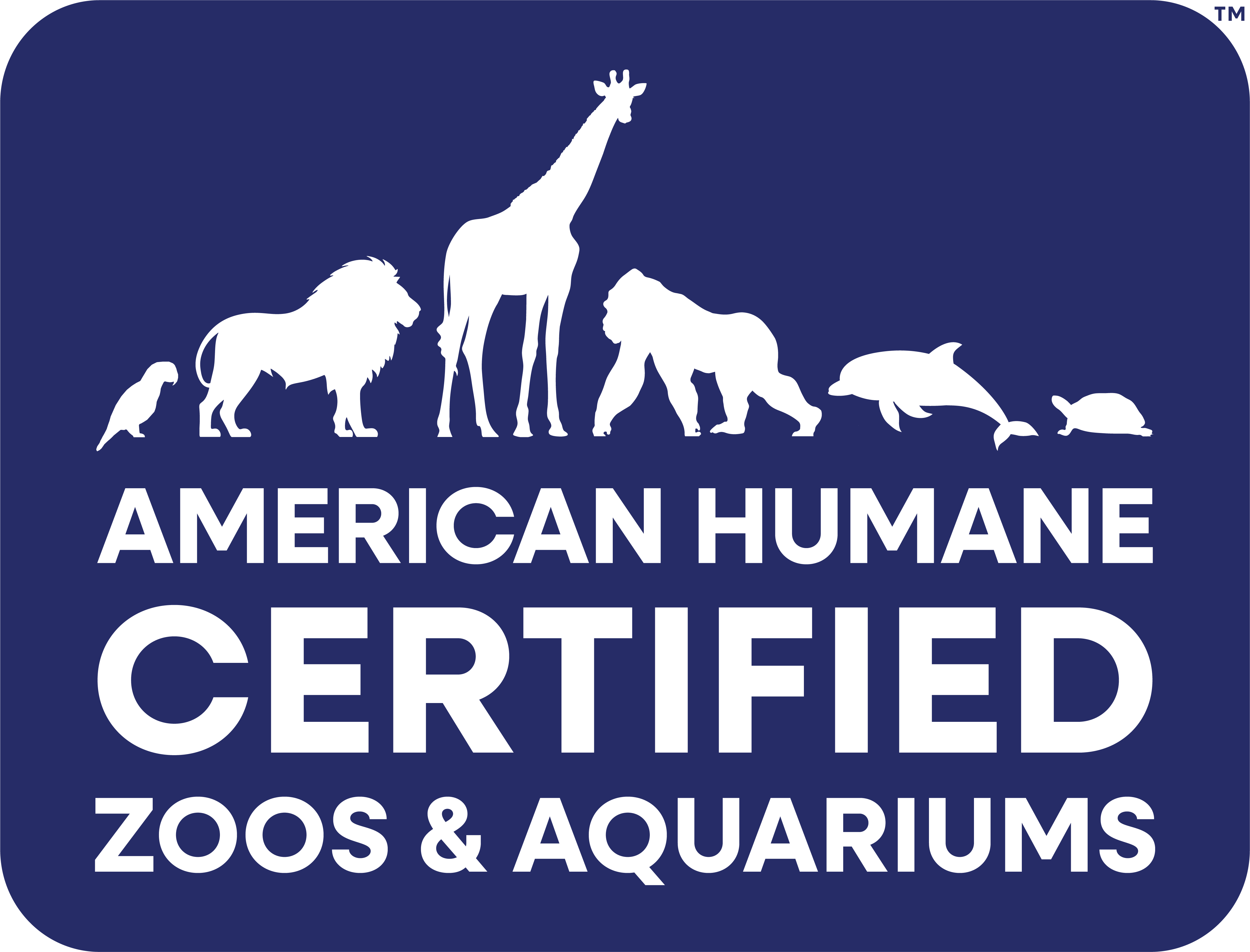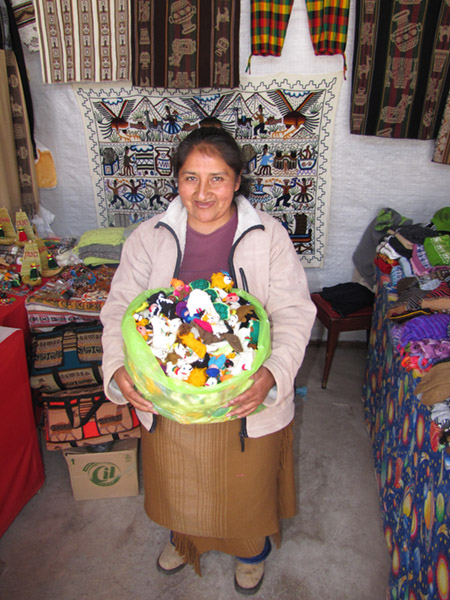
Untapped: Women in Wildlife Conservation
Women are an untapped resource for conservation. As the primary users of natural resources around the world, they are full of vital knowledge about wildlife and the environment and capable of driving change within their own communities. However, on a global scale and in the field of conservation, women’s roles are marginalized and underrepresented.
Untapped is a project that looks to give women the tools they need to gain knowledge, have a voice, and feel empowered to become active leaders in wildlife conservation.
Click HereWomen in Conservation Fund
The Women in Conservation Fund is a program specifically designed to financially support women in the field of wildlife conservation. This program is aimed at creating more access to resources and networks to help women strengthen their capacity and increase their conservation impact. 2023 applications now open!
click for applicationDenver Zoo Small Grants Program for Staff
Every year, the Zoo offers competitive small grants to staff interested in volunteering for projects outside our five core programs. We help cover the costs of travel, supplies, and participation, and offer paid leave, while our curators, keepers, vets, educators, carpenters, and other staff donate their expertise and passion to helping wildlife in need.
In 2019, we’re funding staff to participate in the following projects:
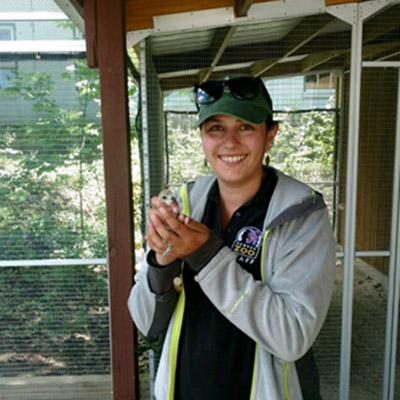
Great Lakes Piping Plover Recovery Project (Michigan)
The Great Lakes population of piping plover nearly disappeared before captive rearing efforts began. Since 2004, Denver Zoo has sent bird keepers to support researchers from the U.S.F.W.S., University of Michigan, and Detroit Zoo to incubate abandoned eggs, and rear, band, and release healthy chicks, helping support plover recovery and providing invaluable field experience for our staff.
Click Here
African Penguin Rehabilitation Program (South Africa)
Hundreds of endangered African penguin chicks are abandoned during the annual molting season. Relying on more than 17 years of experience with the birds, our penguin keepers will support South African NGO, SANCCOB, with incubation and hand-rearing of chicks, provide specialized care to chicks with critical health needs, and help train project volunteers.
Click Here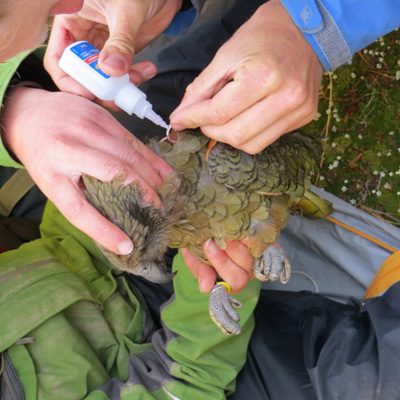
Kea Blood Level Testing and Radio Transmitters (New Zealand)
The notoriously curious kea, a large alpine parrot, was recently re-classified as Endangered, due in part to its penchant for ingesting lead where it overlaps with human settlements. Our bird staff will support New Zealand NGO, Kea Conservation Trust, with capture and testing of the birds for lead poisoning. Depending on their health, birds are then either released with tracking transmitters or taken in for treatment.
Photo Credit: Becky Muir
Click Here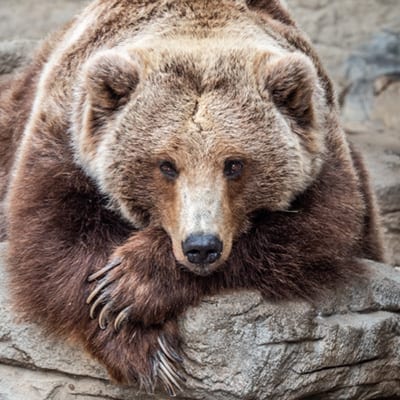
Grizzly Bears, Huckleberries, and Climate Change Study (Montana)
If climate change hurts huckleberry yields, grizzly bears may be in trouble-as a result of both reduced food sources and increased conflict with people as they forage more widely for their meals. Staff from our Learning Engagement Department will join an Earthwatch Expedition led by the U.S. Geological Survey in Yellowstone National Park to research the berries and use that experience to create new, immersive programming for our school groups.
Click Here
Asian Elephant Conflict Reduction (Nepal)
As the Asian elephant population grows in Bardia National Park, Nepal, so too does potential for local human-elephant conflict. Our pachyderm staff will 1) support construction of a growing network of beehive fences which help keep elephants away from villages and also provide honey-based income and 2) promote elephant appreciation and conservation with local communities. This project is a collaborative effort with the Katie Adamson Conservation Fund and the Butterfly Pavilion, and supported in part by the International Elephant Foundation.
Click Here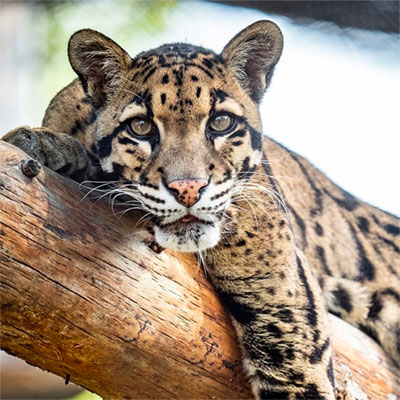
Malaysian Corridor Restoration (Malaysia)
Orangutans, clouded leopards, Asian elephants, gibbons, hornbills, and other species are rapidly losing habitat to logging and palm oil plantations. One of our primate keepers will join APE Malaysia’s Corridor Restoration for Animals Threatened and Endangered (CREATE) Project to restore fragmented forests along the Kinabatangan River with native flood-resistant and fruit-bearing trees.
Click HereEmergency Conservation Projects
Denver Zoo also provides funding and assistance to emergency conservation projects nominated by our staff. Three recently supported projects include:
[VIDEO-POPUP]Emergency Radiated Tortoise Support (Madagascar)
Following the April 2018 confiscation of nearly 11,000 critically endangered radiated tortoises destined for the illegal wildlife trade, the Turtle Survival Alliance requested help with their housing and rehabilitation in Madagascar. Denver Zoo sent funding and two staff-a carpenter and a Tropical Discovery keeper-to help build new enclosures and support the care of tortoises in hopes they will eventually be re-released into the wild.
Click HereEmergency Asian Small-Clawed Otter Support (Vietnam)
In November 2018, ten Asian small-clawed otters were discovered at a Vietnamese train station, destined for Asia’s growing illegal trade in otters for pets. Denver Zoo provided funding to a local NGO, Save Vietnam’s Wildlife, which requested urgent help to develop suitable facilities for these highly social and intelligent animals and begin a program of rehabilitation.
Click Here [VIDEO-POPUP] [VIDEO-POPUP]Emergency Flamingo Support (South Africa)
In response to the drying of a dam at a critical breeding site for lesser flamingos, adults abandoned chicks en masse in early 2019. Thousands of chicks were rescued and local partners sent out an urgent request for supplies and expert support from the Association of Zoos & Aquariums. In addition to funding, Denver Zoo sent a veterinary technician and two Bird Department staff to address urgent medical needs and to hand-rear and release healthy chicks back to the dam. Additional funding was provided by the Rocky Mountain Chapter of the American Assoc. of Zoo Keepers.
Click HereOngoing Denver Zoo Staff Projects
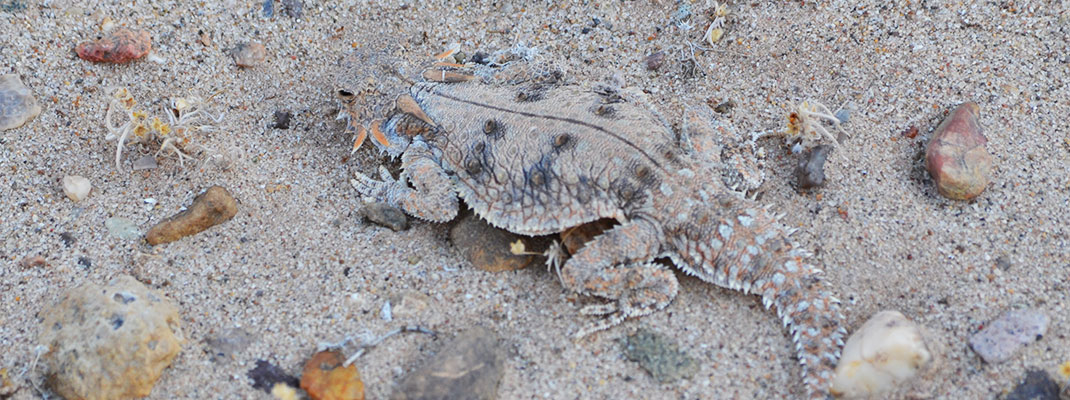
Flat-Tailed Horned Lizard Bio-Monitor training (Arizona and California)
The incredible camouflage of the flat-tailed horned lizard makes it difficult to spot, even for experts. However, the limited size of its range (at the confluence of Mexico, Arizona, and California) means that finding the species and protecting its habitat from development is critical. Every year, Denver Zoo staff lead trainings to help biologists identify and relocate lizards away from proposed construction and create new protected areas to help offset damaged habitat.
Denver Zoo Research Associates
Denver Zoo also supports a small cadre of external researchers working on projects that complement our ongoing core field programs. These Research Associates are appointed for three years and are considered unpaid Denver Zoo staff eligible for competitive funding from the Field Conservation Department.
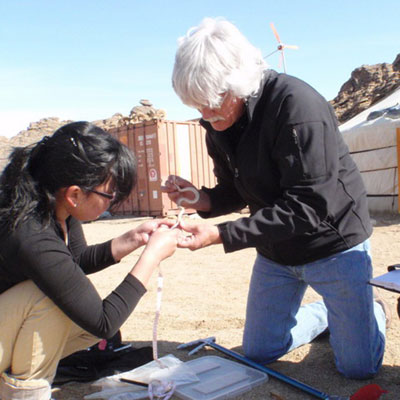
Kevin Fitzgerald, DVM
VCA Alameda East Veterinary HospitalFocus: wildlife veterinary medicine in Mongolia
A veterinarian with extensive field experience, Dr. Fitzgerald has supported Denver Zoo’s work in Mongolia by assisting capture-and-tagging missions, as well as studies on wildlife health, in Ikh Nart Nature Reserve. As a regular on Animal Planet, the local Colorado news, and the comedy circuit, Dr. Fitzgerald uses his status as a public figure to tell the story of, promote, and fundraise for Denver Zoo’s conservation efforts.
Click Here
John Hoogland, Ph.D.
University of MarylandFocus: Gunnison’s prairie dog in New Mexico
A leading expert on the West’s iconic burrowing rodent, Dr. Hoogland was named Prairie Dog Protector of the Year in 2015. Gunnison’s prairie dogs display some interesting behaviors like polyandry, non-parental infanticide, and alarm calling, and dozens of Denver Zoo staff and volunteers have supported Dr. Hoogland’s annual capture, tag/mark, and observation of the species over the years. Results of his long-term study will help inform conservation plans for this species in the Rocky Mountain/Great Plains.
Click Here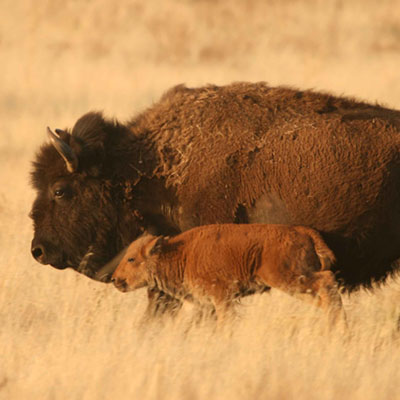
Brian Miller, Ph.D.
UnaffiliatedFocus: Ecological restoration at Rio Mora NWR
Dr. Miller’s distinguished career in ecology includes, among other influential projects, supporting the reintroduction of black-footed ferrets that saved the species from the brink of extinction in the 1980s. After working as Coordinator for Conservation & Research at Denver Zoo, he became Executive Director of Wind River Ranch which later became Rio Mora National Wildlife Refuge – a key component of Denver Zoo’s Rocky Mountain/Great Plains Program. Dr. Miller continues to support our work at Rio Mora as a dedicated volunteer on restoration research and monitoring and providing sage ecological advice, and his current project involves inventorying insects at the refuge. Insects can tell us a great deal about the impacts of our restoration efforts on the ecosystem, as well as local wildlife-especially birds.
Click Here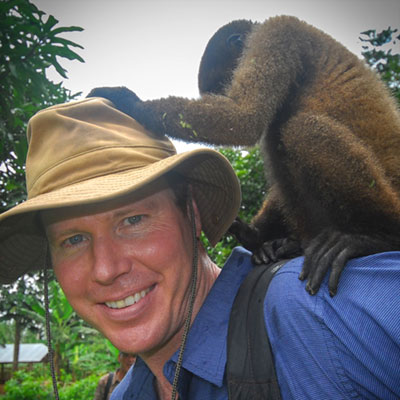
Preston Sowell
Sibinacocha Watershed ProjectFocus: Andean cats in Peru
An environmental scientist, photographer, and National Geographic Explorer, Sowell has carried out expeditions and research around the world, including for the National Parks Service and the EPA. In 2015, he founded the Sibinacocha Watershed Project in Peru to study and conserve the high altitude Andean lake which may be home to a number of endemic species, endangered Andean mountain cats, and Pampas cats. Sowell is working to develop a community outreach strategy, engage community members in camera trap monitoring, and promoting the designation of the region as a formal protected area. With Denver Zoo’s support, Sowell’s camera traps successfully confirmed the presence of the endangered Andean mountain cat near the lake in 2018.
Click Here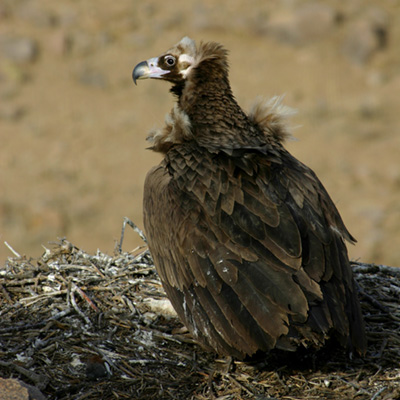
Marla Steele, Ph.D.
UnaffiliatedFocus: Raptors in Mongolia and Asia
Dr. Steele received her Ph.D. in Biological Sciences in 2017, but she has already consulted on international agreements about environmental policy and climate change adaptation and has set her sights on saving vulnerable raptors through international risk mitigation strategies. There may be fewer than 300 Pallas Fish Eagles in the wild, and like other migrating raptors from central Asia, they are threatened by new infrastructure development. Using Denver Zoo’s years of cinereous vulture data, Dr. Steele’s project has helped Asian countries design new wind turbine installations to reduce their impact on migrating raptors.
Click Here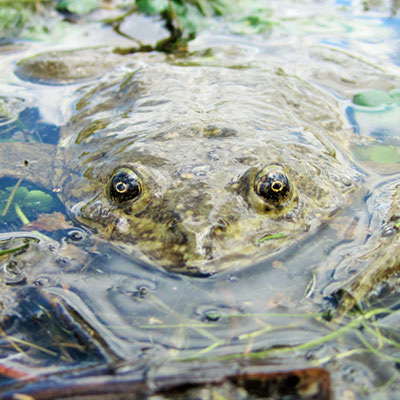
Andrew Watson
University of CanterburyFocus: High Andean frog conservation in Peru
A current Ph.D. student specializing in Aquatic Ecology in Christchurch, New Zealand, Watson served in the Peace Corps as an Endangered Species Conservation Specialist in Junin, Peru between 2014 and 2016. It was there that he met and began working with Denver Zoo staff who were supporting the development of the first Junin Giant Frog Conservation Action Plan. Denver Zoo is supporting Watson to determine where Junin giant and Junin riparian frogs sit in the lake’s food chain and how their survival is impacted by invasive fish. This information will help Denver Zoo and park officials refine our conservation strategies for these species.
Click Here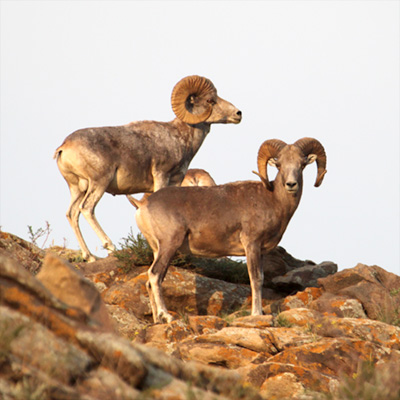
Joseph Zebrowski
New Mexico Highlands University
Focus: Mapping of Rio Mora NWR and Ikh Nart Nature Reserve, Mongolia
Having served as Chief of the Geospatial Intelligence Fusion Division for the United States Air Force, Zebrowski now teaches at NMHU, one of Denver Zoo’s three key partners at Rio Mora National Wildlife Refuge in New Mexico. An expert in geographic information systems (GIS), he is mapping the refuge and supporting the use of geospatial technologies in conservation efforts throughout New Mexico. Denver Zoo supported Zebrowski’s project to map and improve geospatial data collection in Mongolia as part of our efforts to study declining water tables which threatened drinking water access for both local livestock and wildlife.
Click Here [dz_slideshow]


